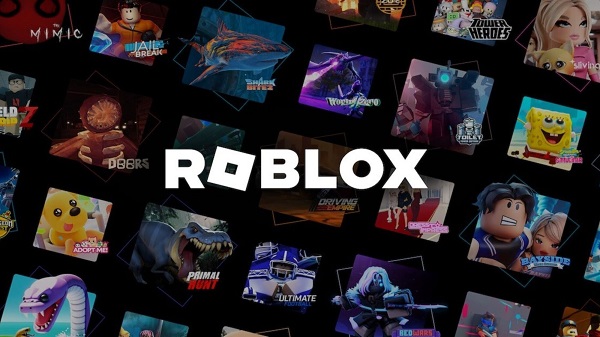Alberta
Half Capacity Crowds for World Junior Tournament – Alberta to restrict large gatherings to slow Omicron
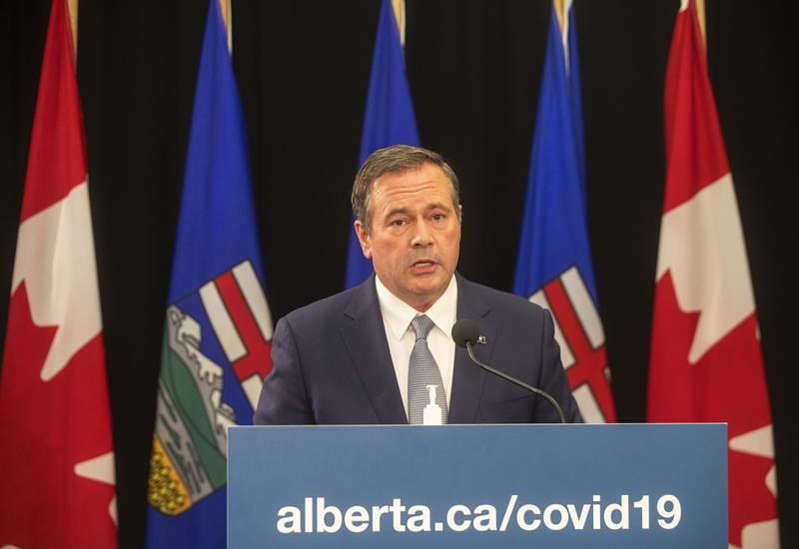
More boosters, tests and measures to fight Omicron
Alberta’s government is taking further steps to strengthen vaccine protection and testing while bringing in new public health measures to reduce contact between Albertans as Omicron cases continue to grow.
All Albertans aged 18 and older can now book a booster shot, as long as at least five months have passed since their second dose, and Alberta has authorized the purchase of 10 million rapid tests.
New measures that will take effect on Dec. 24 will focus on avoiding super-spreader events by decreasing contacts in large capacity venues and limiting unrestricted activities where there is a high risk of transmission.
Albertans are also being asked to reduce their social contacts by 50 per cent during the holiday season.
New public health measures
The new mandatory measures taking effect at 12:01 a.m. on Dec. 24 are:
- For venues in the Restrictions Exemption Program – 50 per cent capacity limit at venues that seat more than 1,000 people. For venues with capacity of between 500 and 1,000 occupants, 500 is the limit.
- No food or drink consumption in seated audience settings or during intermissions in the above-mentioned venues.
- There is no impact on venues under 500.
- Maximum table capacity of 10 people in restaurants, pubs and bars. No mingling between tables.
- No interactive activities at restaurants, pubs and bars (e.g., dancing, darts and billiards).
- Restaurants, pubs and bars must stop liquor service at 11 p.m., and close at 12:30 a.m.
Restrictions continue for both indoor and outdoor social gatherings, weddings, funerals, places of worship and businesses. Albertans should also refrain from workplace social gatherings.
Masking remains mandatory in all indoor public spaces, including in facilities participating in the Restrictions Exemption Program. Masks should fit well and be of high quality. Albertans with risk factors for severe outcomes should wear medical masks in settings with those outside of their household.
COVID-19 boosters
All Albertans aged 18 and older who received their second COVID-19 vaccine at least five months ago can now book a third dose.
Albertans are encouraged to take the first mRNA vaccine available to them for a third dose. Both the Pfizer and Moderna vaccines offer a high level of protection against COVID-19, particularly against severe outcomes.
Pfizer will be offered to Albertans 18 to 29 years of age for booster purposes as a cautionary measure. While there is an increased risk of myocarditis in younger Albertans, especially in males, from Moderna, individuals are much more likely to experience myocarditis from COVID-19 infection than the vaccine.
All Albertans aged 18 and older can book appointments for third doses online with participating pharmacies or AHS by using the Alberta vaccine booking system or by calling AHS at 811.
At-home rapid test kits
In addition to ongoing orders for rapid tests from the Government of Canada, Alberta’s government will directly purchase up to 10 million rapid tests for anticipated delivery in January, allowing Albertans to secure immediate supplies.
More than 2.5 million rapid tests, or 500,000 rapid test kits, have already been made available to Albertans in the broad rollout that began on Dec 17. Additional supplies have been received from the federal government and are being shipped to participating AHS and pharmacy locations. If you have not already picked up your kit, visit alberta.ca/CovidRapidTests to find the location nearest you with available stock, as many locations still have supplies available.
“While these new measures will hopefully lower the risk at large events, our small everyday actions can have a big impact. This is why I appeal to all Albertans to reduce their number of contacts by half over the coming weeks, follow the guidelines already in place, and get the vaccine booster as soon as they are eligible. It’s the single most important thing anybody can do right now to protect themselves from Omicron.”
“These new measures, along with more boosters and rapid test availability, will help slow the spread of COVID-19. These efforts are critical as work continues to prepare our health-care system for potential challenges from the Omicron variant. I know Albertans are tired of the pandemic, but we need to take what we have learned from previous waves and urgently apply it to our current situation.”
“Now more than ever, it is important for Albertans to follow public health measures and consider how their actions may affect others. While we are still learning about Omicron, we do know that it is highly transmissible – cases are currently doubling in a matter of days. Reducing contacts will not only slow the spread of Omicron, but it can help us gain valuable time to prepare for what is to come.”
Alberta
READ IT HERE – Canada-Alberta Memorandum of Understanding – From the Prime Minister’s Office

Alberta
Falling resource revenue fuels Alberta government’s red ink
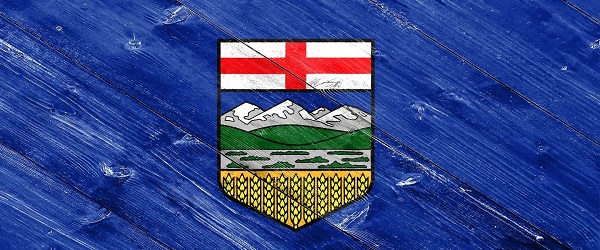
From the Fraser Institute
By Tegan Hill
According to this week’s fiscal update, amid falling oil prices, the Alberta government will run a projected $6.4 billion budget deficit in 2025/26—higher than the $5.2 billion deficit projected earlier this year and a massive swing from the $8.3 billion surplus recorded in 2024/25.
Overall, that’s a $14.8 billion deterioration in Alberta’s budgetary balance year over year. Resource revenue, including oil and gas royalties, comprises 44.5 per cent of that decline, falling by a projected $6.6 billion.
Albertans shouldn’t be surprised—the good times never last forever. It’s all part of the boom-and-bust cycle where the Alberta government enjoys budget surpluses when resource revenue is high, but inevitably falls back into deficits when resource revenue declines. Indeed, if resource revenue was at the same level as last year, Alberta’s budget would be balanced.
Instead, the Alberta government will return to a period of debt accumulation with projected net debt (total debt minus financial assets) reaching $42.0 billion this fiscal year. That comes with real costs for Albertans in the form of high debt interest payments ($3.0 billion) and potentially higher taxes in the future. That’s why Albertans need a new path forward. The key? Saving during good times to prepare for the bad.
The Smith government has made some strides in this direction by saving a share of budget surpluses, recorded over the last few years, in the Heritage Fund (Alberta’s long-term savings fund). But long-term savings is different than a designated rainy-day account to deal with short-term volatility.
Here’s how it’d work. The provincial government should determine a stable amount of resource revenue to be included in the budget annually. Any resource revenue above that amount would be automatically deposited in the rainy-day account to be withdrawn to support the budget (i.e. maintain that stable amount) in years when resource revenue falls below that set amount.
It wouldn’t be Alberta’s first rainy-day account. Back in 2003, the province established the Alberta Sustainability Fund (ASF), which was intended to operate this way. Unfortunately, it was based in statutory law, which meant the Alberta government could unilaterally change the rules governing the fund. Consequently, by 2007 nearly all resource revenue was used for annual spending. The rainy-day account was eventually drained and eliminated entirely in 2013. This time, the government should make the fund’s rules constitutional, which would make them much more difficult to change or ignore in the future.
According to this week’s fiscal update, the Alberta government’s resource revenue rollercoaster has turned from boom to bust. A rainy-day account would improve predictability and stability in the future by mitigating the impact of volatile resource revenue on the budget.
-

 Agriculture2 days ago
Agriculture2 days agoHealth Canada indefinitely pauses plan to sell unlabeled cloned meat after massive public backlash
-

 Energy22 hours ago
Energy22 hours agoPoilievre says West Coast Pipeline MOU is no guarantee
-
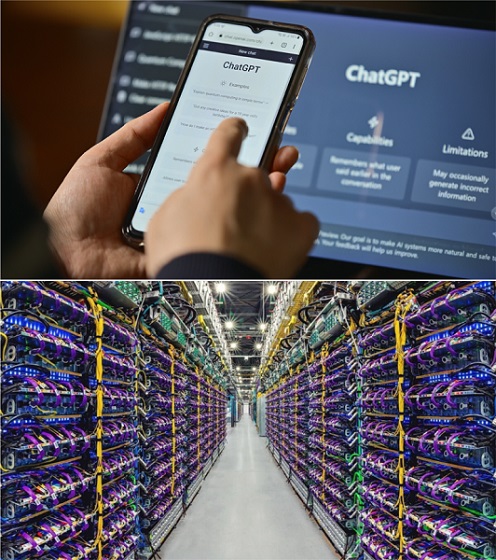
 Artificial Intelligence1 day ago
Artificial Intelligence1 day agoTrump’s New AI Focused ‘Manhattan Project’ Adds Pressure To Grid
-

 International1 day ago
International1 day agoAfghan Ex–CIA Partner Accused in D.C. National Guard Ambush
-

 International2 days ago
International2 days agoAmerica first at the national parks: Trump hits Canadians and other foreign visitors with $100 fee
-

 Alberta1 day ago
Alberta1 day agoAlberta and Ottawa ink landmark energy agreement
-
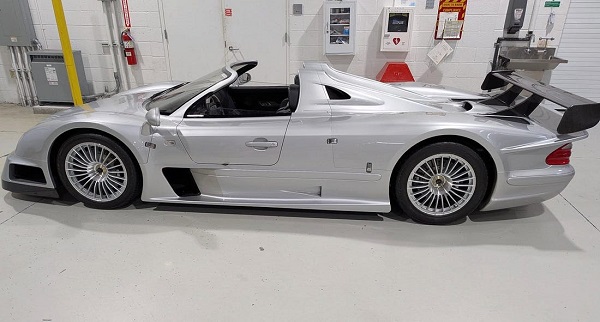
 Crime2 days ago
Crime2 days agoFBI Seizes $13-Million Mercedes Unicorn From Ryan Wedding’s Narco Network
-

 Crime2 days ago
Crime2 days agoMexico’s Constitutional Crisis










